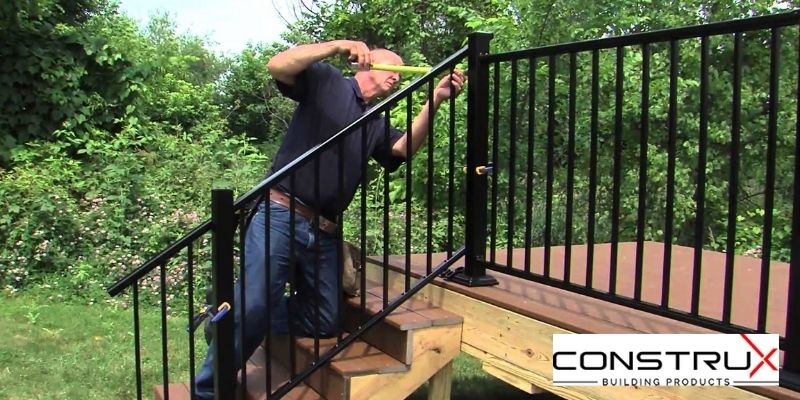
Is It Time To Replace Your Railing?
Whether you’ve been living in the same home for decades or you just purchased a new home, it is important and advisable for you to conduct an annual inspection of your railing to make sure your outdoor structures are reliable and safe. Having a reliable and safe railing will help you focus fully on making lovely outdoor memories with your loved ones.
When Is It Time To Replace Your Railings
The railings that are built on your decks are very susceptible to deterioration. It doesn’t matter how protective or careful you are of your home. Natural factors like wind, rain, and sun can cause your railings to deteriorate.
What you should do is make sure your railings are safe and sturdy enough to protect your property. But how do you know if your railings need replacing? There are some visible signs you’ll notice that indicate that your railing needs replacement.
Discussed below are some of the signs that indicate that your railing needs to be replaced.
1. Shaky Railings
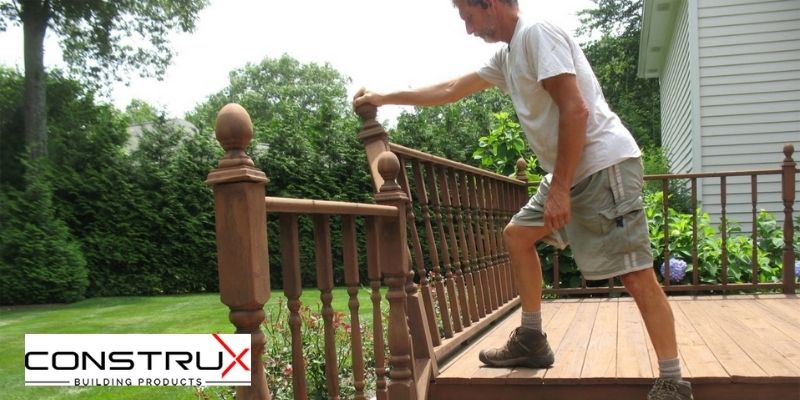
The very first thing you need to observe is the structural quality of your deck rail. Your deck rail protects you and your loved ones from falling. Regardless of the material used for your railings, whether it’s wood or metal rails, you need to make sure they aren’t shaky. If you pull your railing and shake, it should stay firm and strong.
However, if the railings are shaky, it poses a great danger to you and your family. A simple tightening of some nuts and screws can rectify the problem. If this does not fix the problem, it may be an indication that the railings need to be replaced.
2. Deformed Wooden Base
You need to be very careful and observant if your railing is made of wood. Wood is a very good material, yet it’s very susceptible to warping and rotting. It doesn’t matter how much care you give your wooden railings — they’ll eventually still get wet or get exposed to factors that will weaken them.
When inspecting your wooden railing, check the base for signs of damage first. If there are signs of distortion in the base or if you have detected some splinters, softness, or discoloration at the base of the railing posts, it may be time for you to replace the railing.
3. Rusty Connections
Check out the nails and screws that bind your railings. If there are signs of rust or if you observe around them a white powdery substance, it may be the right time for you to get the metal hardware replaced.
When your screws and nails get rusty, it’s an indication that they’ve been exposed to harmful chemicals or atmospheric conditions for a long period. There are some instances where this rusty hardware can be fixed. However, if they are discovered at their worst stage, there is no other option than to replace them.
4. Broken Or Missing Spindles
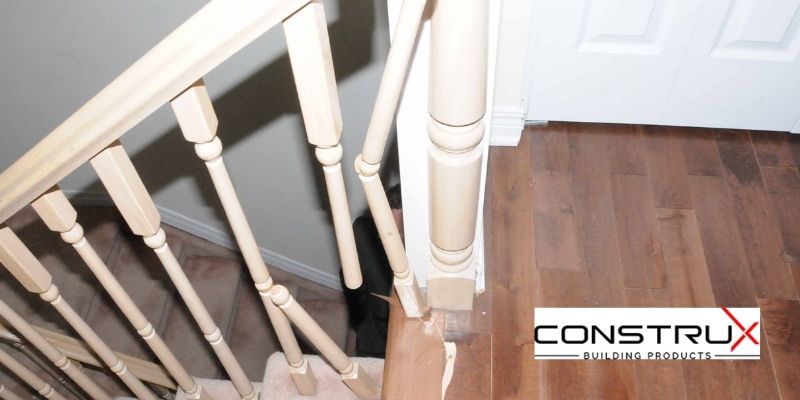
While railing balusters or spindles appear to only offer patterns or styles to your railings, they also do serve an important purpose. These spindles protect you from slipping or falling.
A broken or missing spindle is dangerous for you and your loved ones, most especially if you have pets or young children. So, when you observe a broken or missing spindle, you need to replace your railing immediately.
5. Warping And Cracking Of Materials
As you’re going over your railing, pay close attention to know whether your railing materials are warping, splintering, or cracking; these signs are often related to wooden materials. If you notice these signs on any railing, it’s an indication that the material was not appropriately maintained.
Wood materials, for example, need regular sealants or treatments to protect them from temperature variations, sun exposure, and moisture penetration. When a material warps or cracks, it simply means there is already a decline in the structural integrity; that material can no longer function as a railing to provide protection and support.
Factors for choosing railing materials that last
Below are factors to consider before deciding which railing material (either wood, aluminum, or others) is best for your home.
1. Materials
Aluminum or iron is a great choice that will ensure the durability of your railing. This is because these materials are not porous and therefore do not absorb water. They are also resistant to pest infestation and rot. The benefit of these two materials is that is will reduce your maintenance cost for decades.
2. Climate
Wood railings won’t last long in certain climate conditions even though they are the cheapest of all materials. If you are living in a place with harsh weather conditions like heavy rains, hurricanes, or snowstorms, your wood railing will break down.
Damp and water increase the growth of fungi which causes wood to deform and deteriorate. Also, extremely hot and dry weather can cause problems; UV (ultraviolet) rays crack up the fibers in wood. Consider your climate conditions when choosing your railing materials so that you won’t need to replace them often.
3. Warranty
When buying a railing material, get one that has a warranty; preferably one with a warranty that is of more than ten years. You will need an assurance that the railing material you just bought will last, especially when you pay more money to upgrade from wood to metal. A good warranty shows that the company stands behind and believes in its work.
Conclusion
You should regularly check your railing so that you can easily and quickly notice or observe any early signs that might mean you should repair or replace something. Doing this will not only ensure your safety, but it will also reduce the money you’ll spend fixing the problem.
Knowing the reasons for a possible replacement will help you to understand the next steps to take. It will also help you to identify the things you must avoid next time. Take action as soon as you identify a need for a repair or replacement. It’s better to be safe than to have accidents in your home.



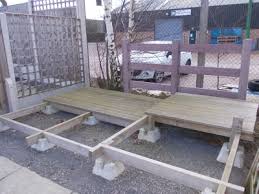
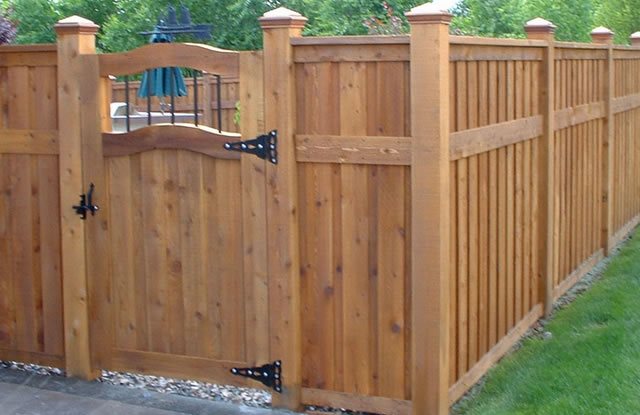
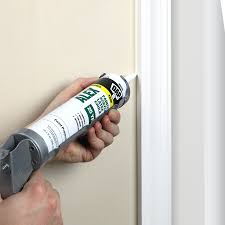

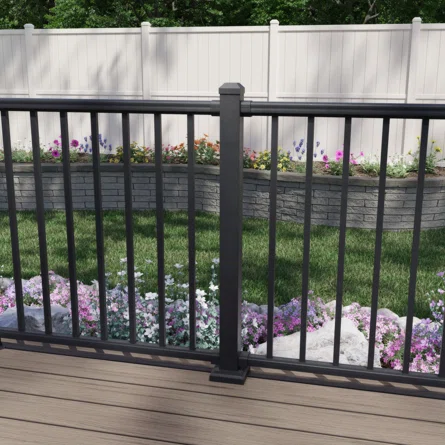
COMMENTS